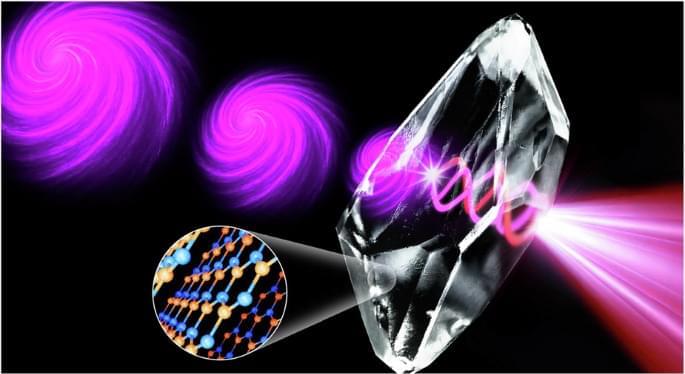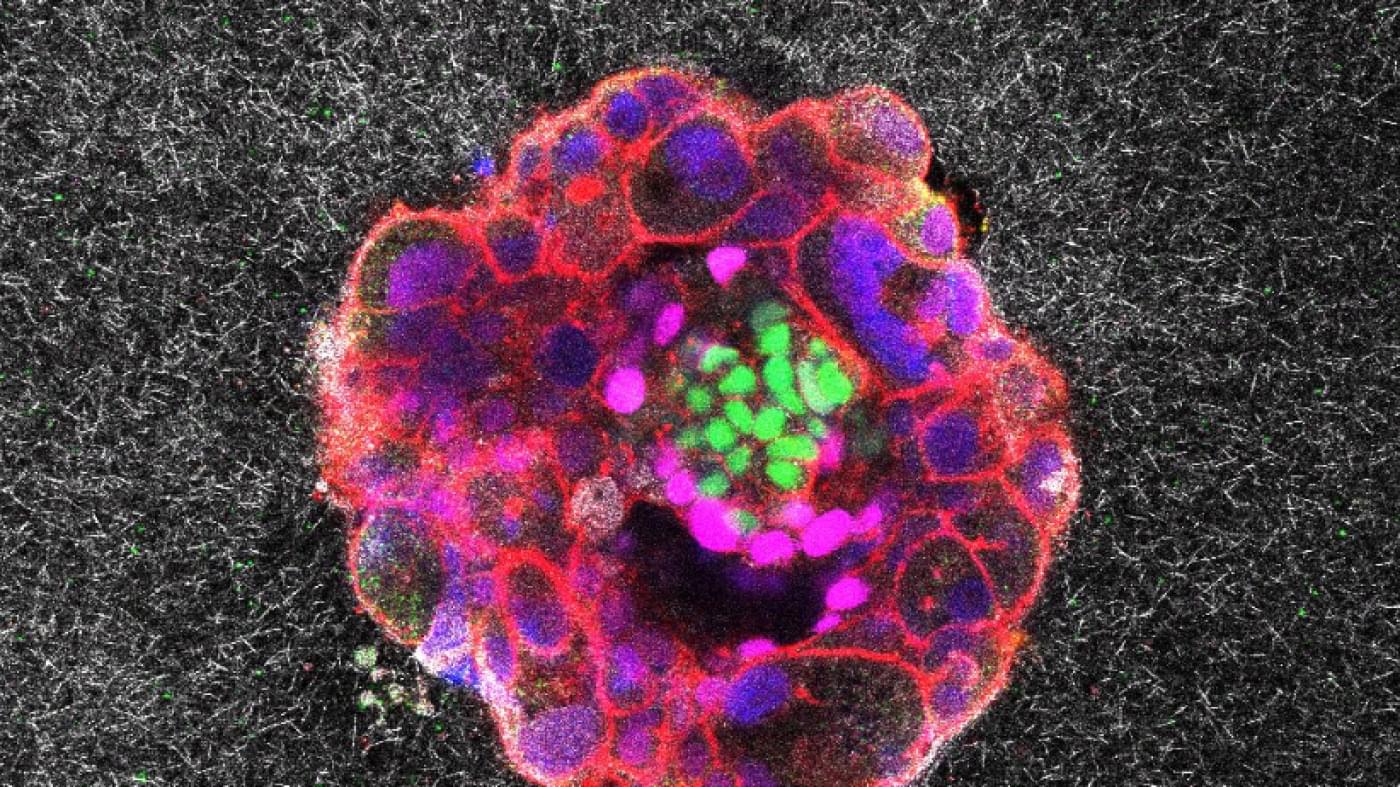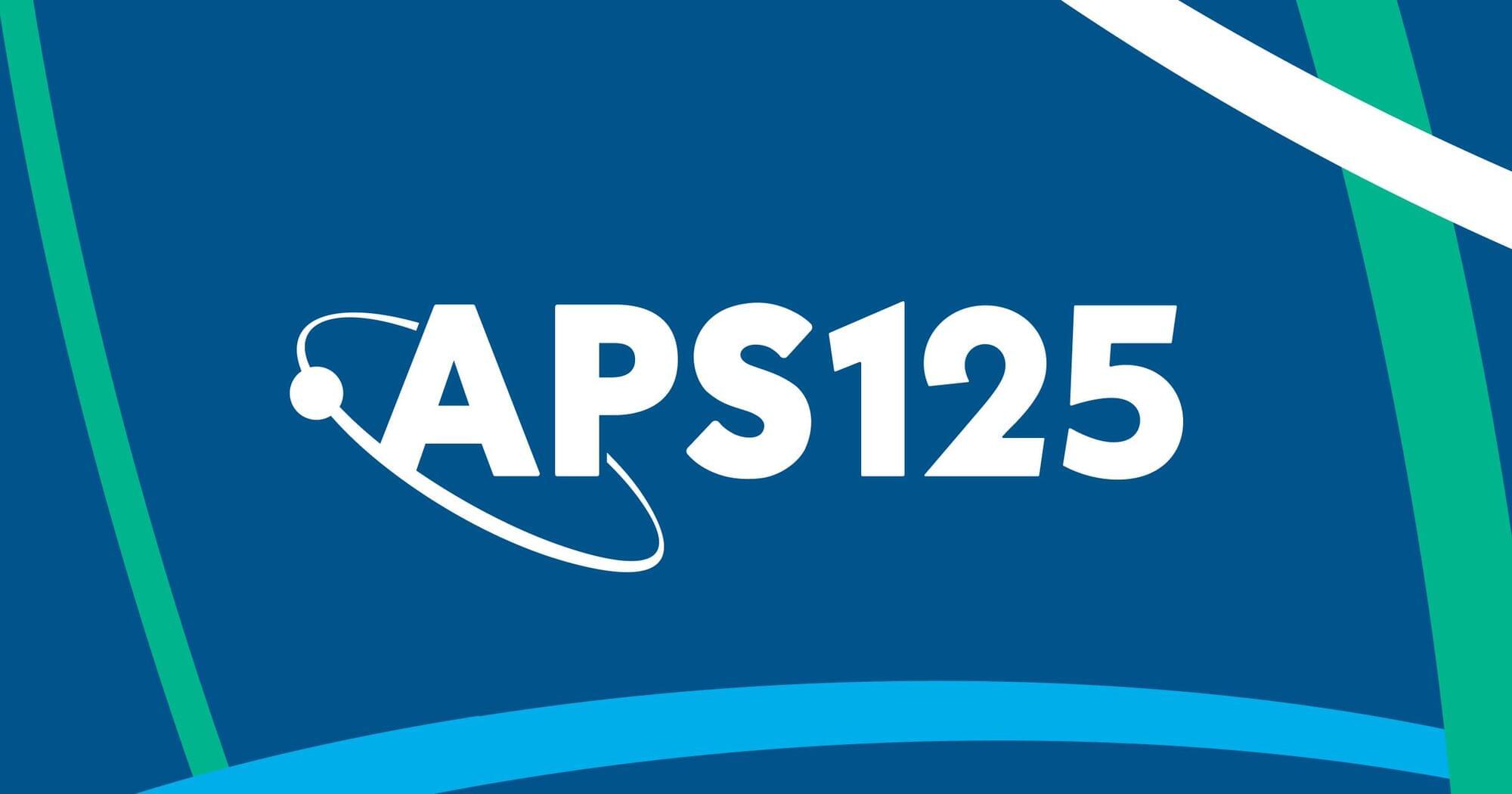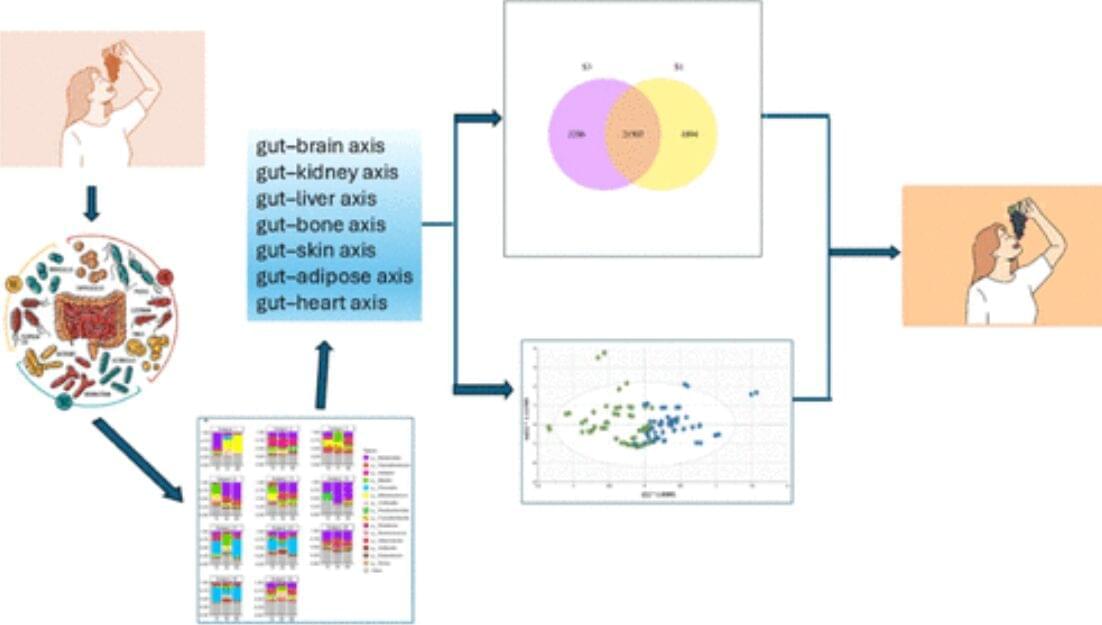The “Mozart of Math” tried to stay out of politics. Then it came for his research.



A patient with type 1 diabetes has begun producing his own insulin after receiving a transplant of pancreatic cells.
For the first time in humans, these islet cells have been genetically edited so they wouldn’t be rejected by the patient, removing the need for immunosuppressant drugs.
Type 1 diabetes usually begins when the immune system mistakenly attacks the islet cells in the pancreas, which are responsible for producing insulin. The condition is usually managed with a careful diet and regular insulin injections, but an emerging treatment involves replacing the damaged islet cells with functional ones.




Apple’s prioritization of shareholder value through massive share buybacks over investing in innovation and R&D may be a strategic misstep that could hinder its future success and allow competitors to gain an edge, particularly in emerging markets like AI
## Questions to inspire discussion.
Innovation and Investment.
🔬 Q: How could Apple’s buyback program have been used differently? A: A: Apple’s $700 billion share buyback over the past decade could have been invested in R&D to develop innovative products like a car, potentially yielding greater long-term value.
🤖 Q: What is Apple’s current stance on AI development? A: Apple’s inaction in AI is notable, with Siri’s performance declining over time, indicating a lack of focus on this crucial technology sector.
Product Development and Market Strategy.

“I think it’s reasonable to expect we could find a nearby one within the next decade,” Bambi said in the statement.
Today, building the necessary laser array would cost around $1.1 trillion, far beyond the reach of current science budgets. But if trends in technology continue, Bambi estimates that cost could fall to around one billion euros within 30 years, putting it on par with current flagship space missions.
“We don’t have the technology now,” Bambi said in the statement. “But in 20 or 30 years, we might.”

Fresh grapes contain a potent mix of over 1,600 compounds that benefit heart, brain, skin, and gut health. New evidence suggests they deserve official superfood recognition, with benefits even at the genetic level.
A new article appearing in the current issue of the peer-reviewed Journal of Agriculture and Food Chemistry explores the concept of “superfoods” and makes a case that fresh grapes have earned what should be a prominent position in the superfood family. The author, leading resveratrol and cancer researcher John M. Pezzuto, Ph.D., D.Sc., Dean of the College of Pharmacy and Health Sciences at Western New England University, brings forth an array of evidence to support his perspective on this issue.
As noted in the article, the term “superfood” is a common word without an official definition or established criteria. Mainstream superfoods are typically part of the Mediterranean Diet and generally rich in natural plant compounds that are beneficial to a person’s health. Pezzuto addresses the broader topic of superfoods in detail, then makes the scientific case for grapes, noting that fresh grapes are underplayed in this arena and often not included with mention of other similar foods, such as berries.